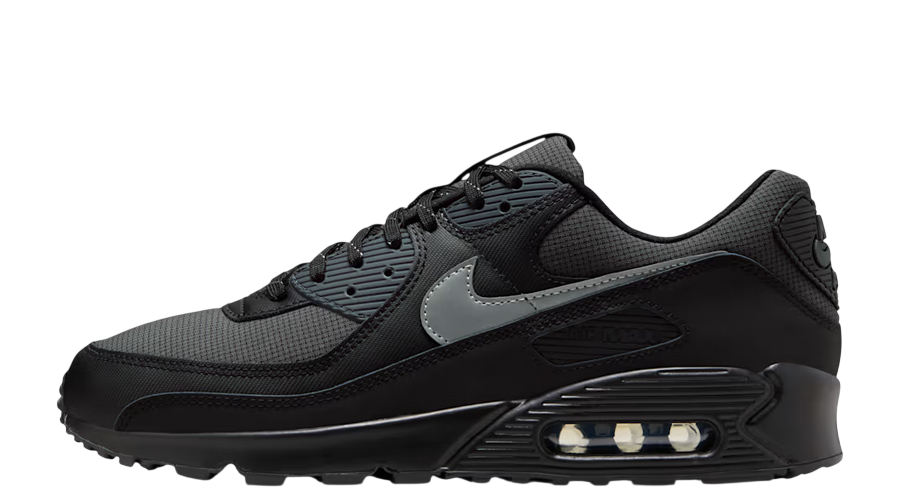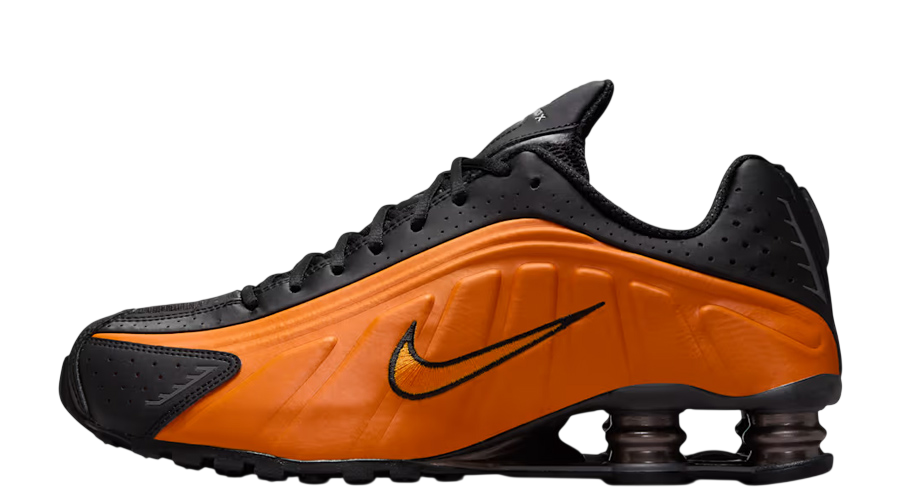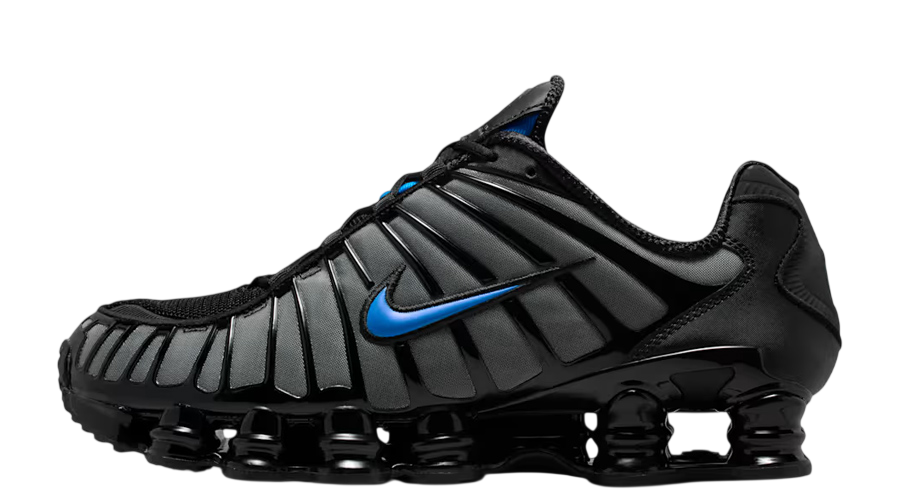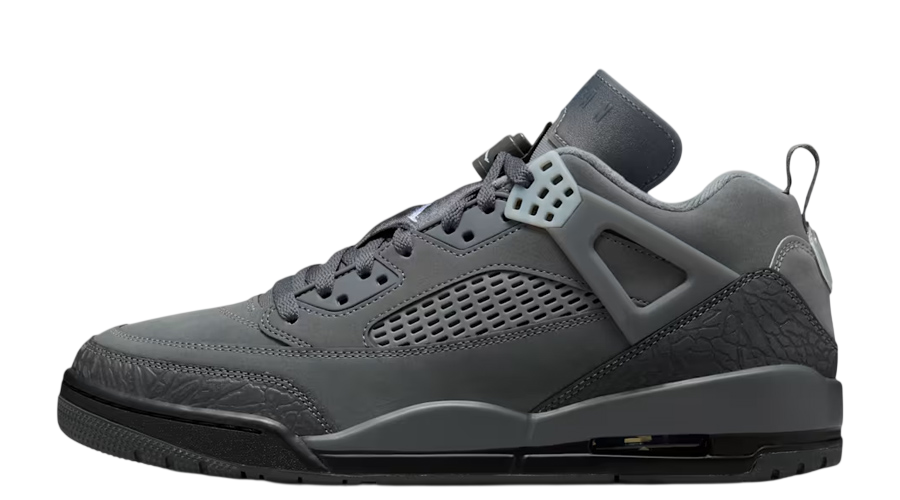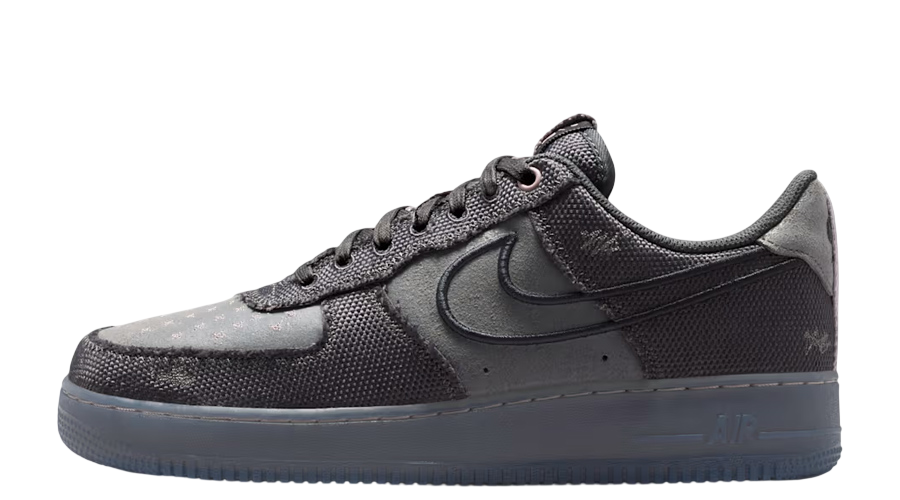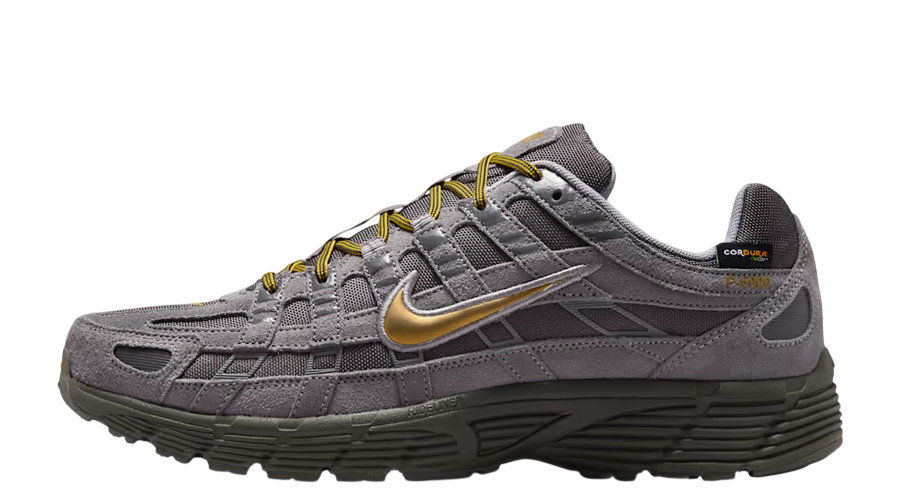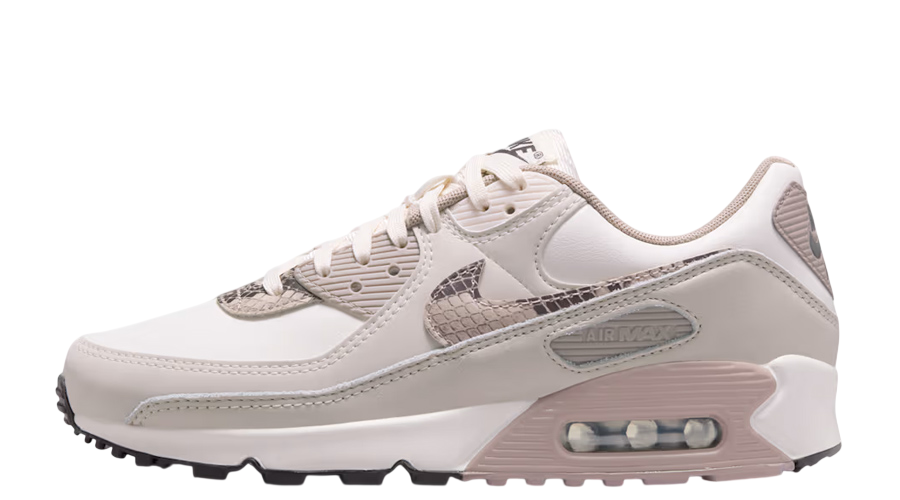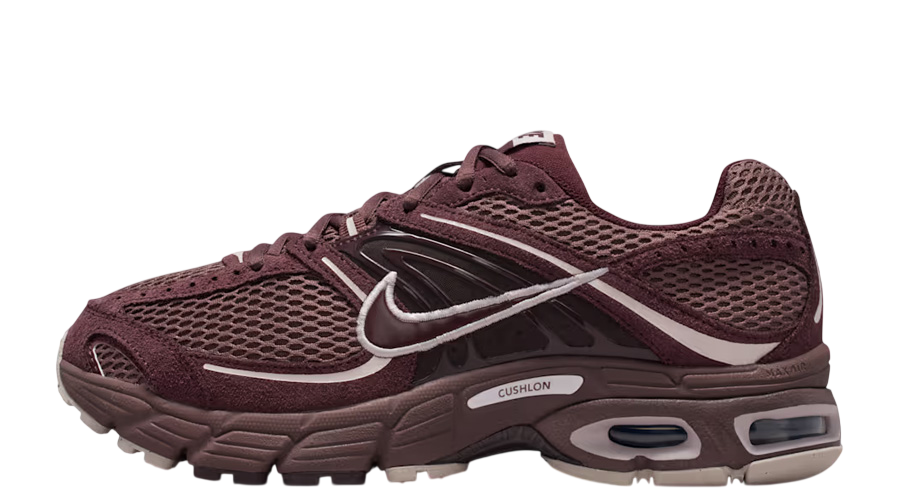How Does The New Balance 574 Fit? Sizing Guide & Review
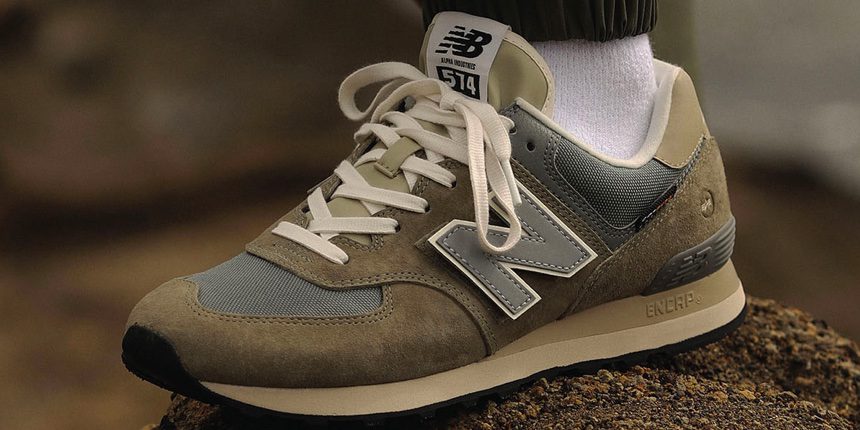
When you think about the crossroads where comfort meets style in the realm of footwear, New Balance automatically springs to mind. With its laid-back aesthetics and focus on cosiness, it’s a brand that people can’t seem to get enough of. One pair, in particular, has reached almost mythical status — the New Balance 574.
For both sneakerheads and casual wearers alike, it’s a model that represents the best of what New Balance has to offer. Yet, there’s a question that lurks in forums and fireside sneaker discussions: Does the New Balance 574 run big or small? In this article, we’ll delve into the nuances of this iconic silhouette and give you the comprehensive sizing guide you’ve been waiting for.
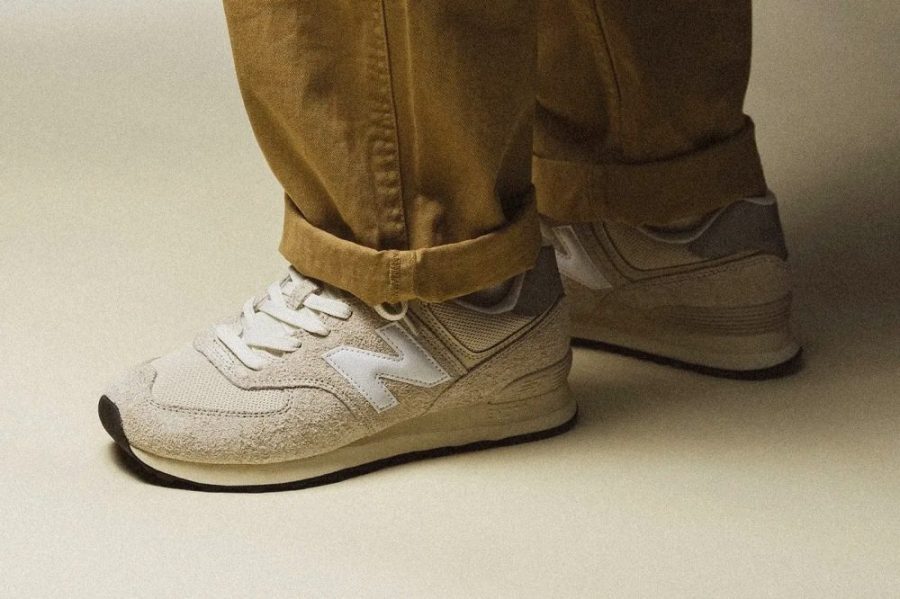
A History of the New Balance 574
Way back in 1988, the shoe market witnessed the introduction of the New Balance 574. A footwear revelation, some would say. Born from the ingenuity of American craftsmanship, the model quickly turned heads and set tongues wagging.
While New Balance had been around since the early 20th century, this particular silhouette was special. It bridged the gap between athletic performance and everyday comfort in a way no other shoe had managed before. Featuring elements of suede and mesh, it promised a breathable, long-lasting experience. Its ENCAP midsole technology, still used today, was revolutionary for its time, offering unparalleled support and cushioning. What started as a running shoe has now become a lifestyle staple, consistently being reinvented, but never straying too far from its roots.
Does the New Balance 574 Fit True to Size?
Now, let’s get to the nub of the matter. There’s nothing more disheartening than unboxing a fresh pair of sneakers only to find they don’t fit quite as snugly as you’d hoped. New Balance 574, unfortunately, isn’t a one-size-fits-all affair. It’s widely reported that the 574 tends to fit true to size for most people, particularly in terms of length. However, things get a bit murkier when we talk about width.
For those with narrower feet, the trainer might feel a bit roomy around the sides. It’s a spacious fit, making it ideal for those with wider feet, but potentially problematic for those on the narrower end of the spectrum. Yet, there’s a saving grace. The 574s are offered in multiple width sizes — standard, wide, and extra-wide. A luxury not often afforded in the sneaker world. So, if you find the standard size a bit roomy, opting for a narrower width could be the solution you’re looking for. Conversely, if you find the shoe a bit too tight around the midfoot, sizing up in width might be the way to go.
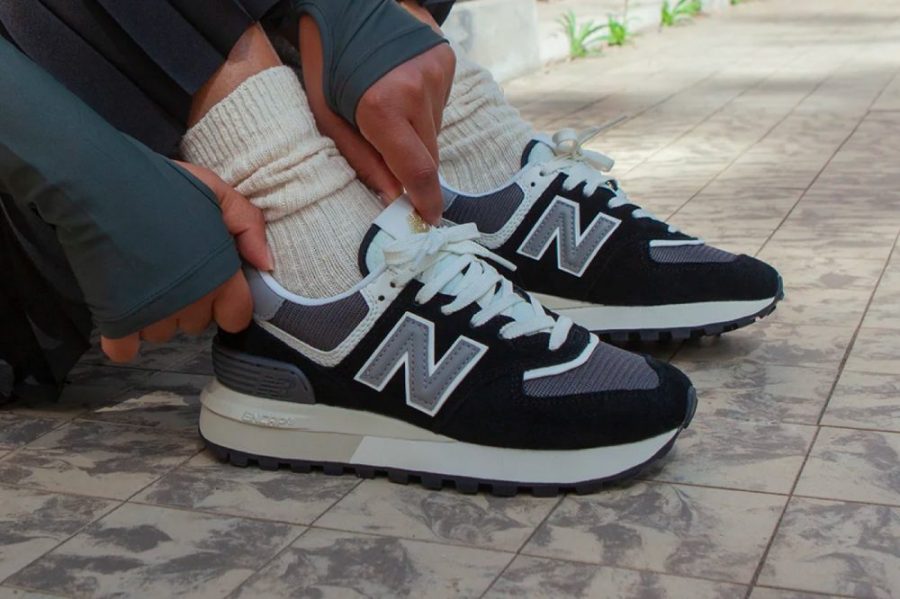
Influence of Insoles and Socks on Fit
It’s no secret that a sneaker’s fit isn’t solely reliant on the shoe itself. External factors, namely insoles and socks, play a pivotal role in determining the comfort and snugness of a fit.
Insoles, for starters, can either be your saving grace or the cause of your discomfort. Some wearers opt to replace the stock insole with orthotic insoles tailored to their specific needs. An orthotic insole can either make a shoe feel tighter due to added volume or provide a necessary elevation, correcting foot postures and eliminating discomfort. Then there are the thickness variations to consider; thicker insoles tend to eat up more space, potentially making a shoe feel tighter, while thinner ones might give you more room to wiggle your toes.
Socks are equally influential. Those extra-thick woolly socks you wear during winter? They’re bound to make your New Balance 574s feel snugger. Conversely, ultra-thin socks or going sockless, especially in warmer months, can make the shoe feel roomier. It’s a balance that requires experimentation. You might find a need for varied sock thicknesses based on the activity or season, further complicating the age-old question of the perfect fit.
Materials and Craftsmanship
The fabric of a shoe, both literally and metaphorically, goes a long way in dictating its fit. The New Balance 574, in its classic form, boasts a suede and mesh combination. Suede, while sturdy and durable, has a malleable nature. Over time, it tends to stretch slightly, moulding to the unique shape of the wearer’s foot. This means, over prolonged wear, you might find your 574s accommodating your feet even better.
Mesh, on the other hand, offers breathability. Its presence ensures your feet don’t feel claustrophobic, especially in warmer conditions. Moreover, the elasticity of mesh means the shoe can flex and move with your foot, ensuring dynamic comfort throughout your stride.
However, these materials aren’t haphazardly slapped together. The craftsmanship of New Balance is legendary. Each 574 shoe is a testament to meticulous design and careful construction. The stitching, panel placement, and even the balance between suede and mesh are all optimised to provide an unparalleled wearing experience.

Is the New Balance 574 Comfortable?
The New Balance 574 isn’t merely a style icon; its persistent popularity is rooted deeply in its commendable comfort levels. Cushioned yet responsive, this shoe offers a unique blend of support and flexibility that has won hearts across the world.
The Encap midsole, a signature of the 574, provides a cushioned landing with each step. This technology combines a soft EVA core with a durable polyurethane rim, ensuring a balance between comfort and stability. Whether you’re on your feet all day or out for a casual stroll, the 574 promises a cushioned experience.
But comfort isn’t just about the sole. The shoe’s upper, made primarily of suede and mesh, is soft against the foot, preventing those dreaded hotspots or areas of friction. The padded tongue and collar further enhance the comfort, ensuring a snug yet gentle fit around the ankle.
How to Style the New Balance 574
Versatility is the word that springs to mind when we talk about styling the New Balance 574. Its timeless design means it sits comfortably in varied style brackets.
Casual Weekend: Pair them with rolled-up jeans, a basic tee, and a casual jacket. The 574’s in subtle hues can be the centrepiece of such an ensemble, or in brighter shades, the pop of colour every outfit needs.
Athletic Leisure: The athleisure trend is still very much in vogue, and the 574s fit right in. Combine them with joggers, a fitted tee, and a sporty cap for a look that’s ready for a workout session or a coffee run.
Summer Vibes: When the sun’s out, and the temperatures rise, swap your jeans for shorts. The 574s paired with chino shorts, a light linen shirt, and perhaps some stylish shades ensures a breezy, comfortable, yet chic summer look.
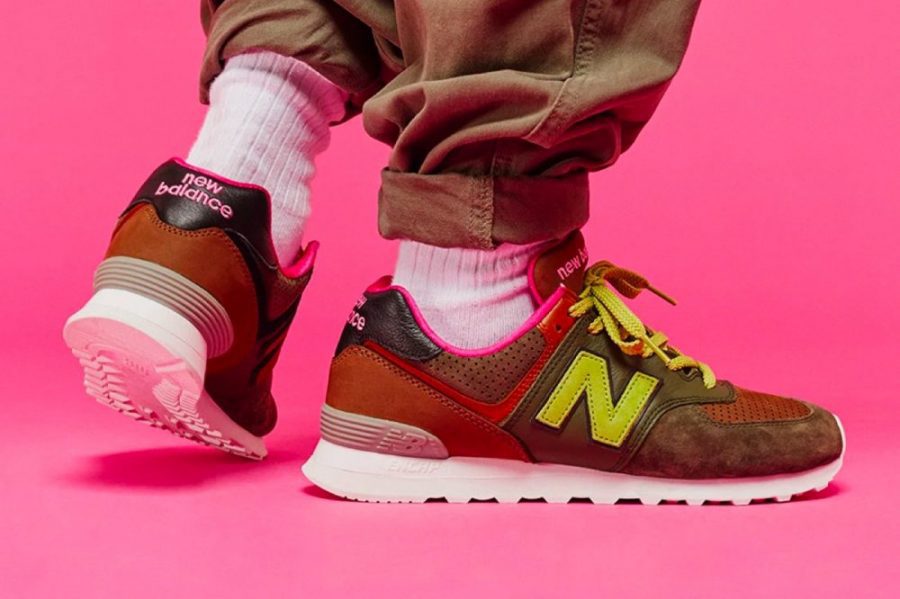
Is the New Balance 574 Durable?
A shoe can be stylish; it can be comfortable, but if it doesn’t last, it’s all for naught. Thankfully, the New Balance 574 scores high on the durability meter.
The upper, a blend of suede and mesh, is a combination that offers both flexibility and toughness. Suede is known for its hard-wearing properties. Yes, it might scuff over time, but these minor battle scars often add character. The mesh areas, while primarily there for breathability, are tightly woven and resilient against everyday wear and tear.
The outsole, typically made of solid rubber, offers excellent resistance against abrasion. It’s designed to take on urban terrains, from smooth pavements to the occasional gravelly patch. The tread pattern, while not overly aggressive, provides enough grip for daily ventures.
However, like any piece of craftsmanship, the longevity of the 574 also depends on care. Regular cleaning, avoiding extremely wet conditions, and alternating with other shoes can extend its life considerably. Remember, the 574 is sturdy but treating it with a little love ensures it remains a part of your footwear arsenal for a long time.
Best New Balance 574 Colourways
The New Balance 574 has been graced with a kaleidoscope of colours over the years. Each hue tells a story, adding layers of allure to the shoe. Among the myriad of choices, some colourways have stood the test of time and fashion’s fleeting whims:
- Grey with Black: The classic grey is quintessentially New Balance. It’s versatile, stylish, and pays homage to the brand’s understated aesthetics.
- Where to Buy: New Balance
- Navy Blue with Gold: A crisp and clean rendition that pairs effortlessly with most outfits.
- Where to Buy: New Balance
- Maroon with Grey: For those who love a hint of luxe in their footwear, this combination is captivating.
- Where to Buy: New Balance
- Green with Navy: A nod to the outdoors and the brand’s sporty lineage, the green hue is a refreshing change from the regular sneaker palette.
- Where to Buy: New Balance
- Black: The monochrome version is for purists, blending seamlessly with both casual and semi-formal ensembles.
- Where to Buy: New Balance
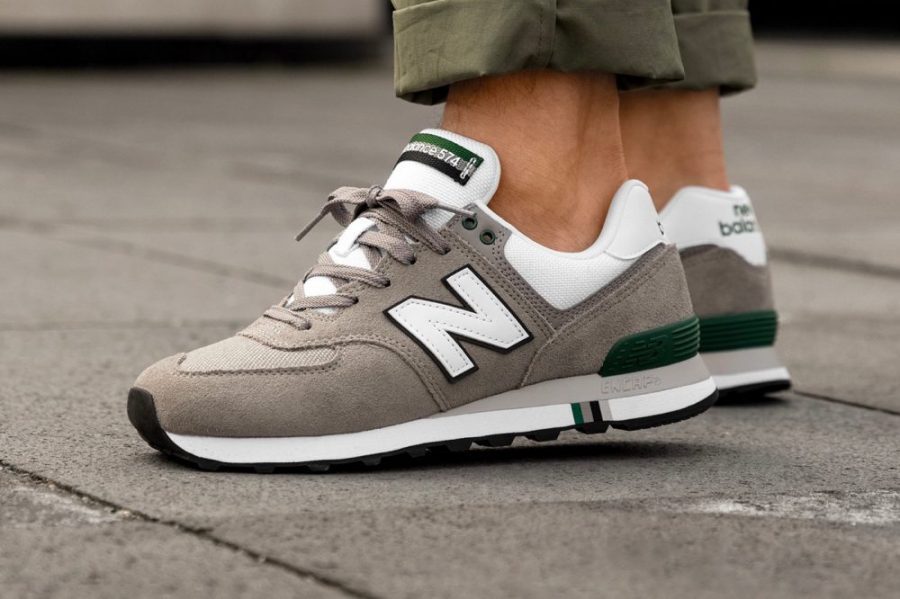
New Balance Sizing Chart Guide

The Bottom Line
Wrapping things up, the New Balance 574 isn’t just a sneaker—it’s a narrative of quality, versatility, and timeless appeal. Whether you’re concerned about size or pondering its enduring style, the 574 offers more than simple answers. It provides an experience. An experience of comfort, a touch of craftsmanship, and a dab of style that few can rival. It’s been around for ages, not just surviving but thriving, almost oblivious to the fickle trends of the fashion world. As for the question that kick-started our discourse, “Does the New Balance 574 run big or small?”—we hope we’ve provided you with ample insights to make an informed decision. It’s not just about the size; it’s about how the shoe fits into your life.
Frequently Asked Questions
What is the best way to clean my New Balance 574s?
A gentle scrub using mild detergent and warm water usually does the trick. Avoid putting them in the washing machine.
Can I use these for running or are they strictly a lifestyle shoe?
While they are more geared towards lifestyle wear these days, the 574s offer sufficient support for light jogging sessions.
How often does New Balance release new colourways?
The brand releases new variations and collaborations fairly regularly. Keep an eye out on our New Balance 574 page to see the latest releases you can always check their official website or subscribe to our newsletter for updates.
Why are they called the 574?
The 574 moniker is more than a random number; it is part of New Balance’s naming convention that alludes to the shoe’s performance capabilities and design features.
